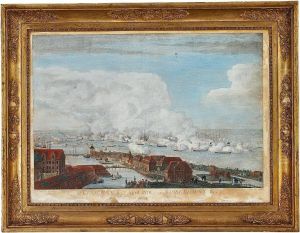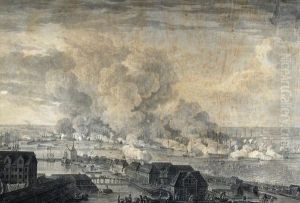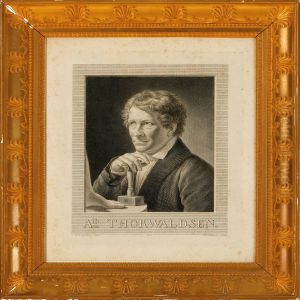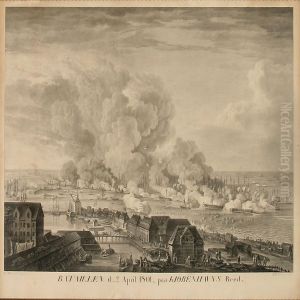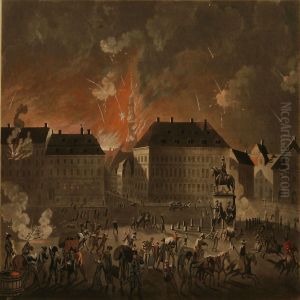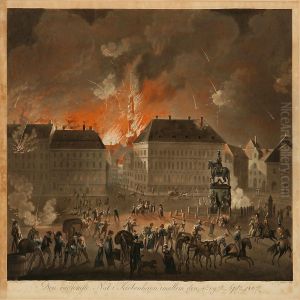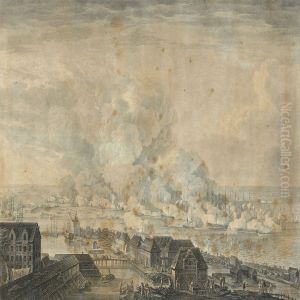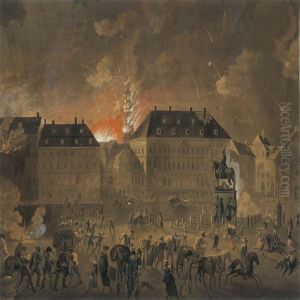Johan Frederik Clemens Paintings
Johan Frederik Clemens was a Danish printmaker and engraver, born on September 22, 1748, in Copenhagen, Denmark. He was known for his mastery in printmaking, particularly in etching and copperplate engraving. Clemens began his artistic education in his hometown before moving to Paris to further his studies and work. His time in Paris was crucial for his artistic development, as he was exposed to the French art scene and its influential masters.
In Paris, Clemens worked under the famous French engraver, Johann Georg Wille, who was the court engraver to King Louis XV. Under Wille’s mentorship, Clemens honed his skills and became adept in the intricacies of printmaking. His work often reflected the Rococo style, which was prevalent during his time in France. Clemens eventually became a part of the Parisian art society, which allowed him to interact with various artists and intellectuals, thereby enriching his perspectives and techniques.
Clemens returned to Denmark in 1775 and became an important figure in the Danish art scene. He was appointed as the director of the Royal Danish Academy of Fine Arts' printmaking school in Copenhagen. His contributions were significant in the promotion and development of graphic arts in Denmark. Clemens was also involved in the publication of illustrative works and the reproduction of paintings, which played an important role in disseminating visual arts to a broader public.
Throughout his career, Clemens created a wide array of works, including portraits, landscapes, and reproductions of paintings by other artists. He was particularly noted for his skillful translation of paintings into the medium of engraving, capturing the essence and details of the original works. His engravings were not only appreciated for their aesthetic quality but also for their technical precision and clarity.
Johan Frederik Clemens was a respected artist until his death on November 5, 1831, in Copenhagen. He left behind a legacy as one of Denmark’s foremost engravers of the 18th century. His works continue to be studied and appreciated for their contribution to the development of printmaking as a fine art form in Europe.
